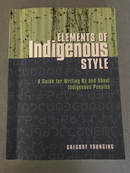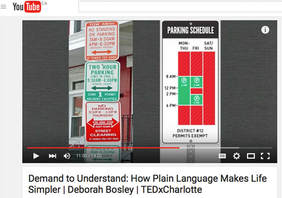Making a connection
This Forbes magazine article highlights how storytelling is the best marketing tool to make an “emotional connection”, which is what many clients want, after more than two decades of virtual buying and selling. Top takeaway tip is to ‘be authentic’. Be honest. Be respectful.
Focus on audience
Today’s audiences are well-informed, well-traveled (including virtually) and focused. They know what they want, or at least what questions they want answered. And, they are interested in being entertained. Ask yourself what your clients want, why this story matters to them. As I share in my Writing Your Business Story workshop, it’s your client’s story, not yours. And, you want it to be so memorable so they share it with others.
Take a look at the image and content on Lamplighter Brewery’s About page. Doesn’t it make you want to work there, hang out there, buy their product? I’m sure those were their goals. Another key part of writing your business story is having clear goals, linking stories to your mission statement and tracking results.
Focus on emotions
Check out how Toms shoes took a one-off in-house event,
One Day Without Shoes, and turned it into a global story. Can you just imagine it? They used people, an activity everyone could participate in, and got to the ‘soul’ of it. The visual use of social media, and easy inclusivity, helped take this story, and the charity, to the world.
On a global level, Dove’s Mission: Care video tackling the issue of men who miss their families is extreme, storytelling, with emotion, lots of emotion.
You can do it too. Critical components: real people, relatable situations, making connections. It shows you can go outside of your core market, you can target fringe interest and create new connections, all through storytelling. But, you don’t have to be a global business to have success.
Focus on local
BC’s Kootenay based Elevation Industries has an About page that will make any outdoor enthusiast want to go in and see what’s there for themselves. They are very motivational, connect with target audience’s emotions, and use humour. These are all key components of great story-telling.
Nelson-based Kootenay Mountain Culture takes you on the journey of their successful magazine and website. They don’t tell you what they do: they weave an image of their passion to sharing their environment, the people who influence them and their connection to the adventure and culture. If you didn’t know who they were when you visited their site, you’ll know when you leave.
Whether your local is a few feet from your office, or an online social community or a global initiative or enterprise, narrow down your story’s scope. Know your audience profiles, so you can talk directly to them. Global is accessible, but making your business local is powerful. Always make your ending come alive. The best way to do that is to collaborate with your audience from the start to the finish of telling your—I mean ‘their’—story.
Read the earlier Key Advice Blog on Getting Attention with Your About Web
page.
Do you have a great business story to share?



 RSS Feed
RSS Feed
